Wingtip Vortices and Wake Turbulence
Pilot Institute
MARCH 28, 2025
This is called lift. Wingtip vortices are a byproduct of lift. Once the wing stops producing lift, the vortices dissipate instantly. Wing spoilers drastically reduce the lift generated by the wing. Its important because the lift is always produced perpendicular to the relative wind. Why is this important?


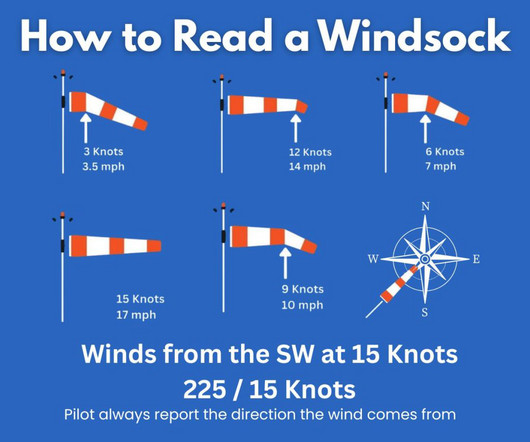

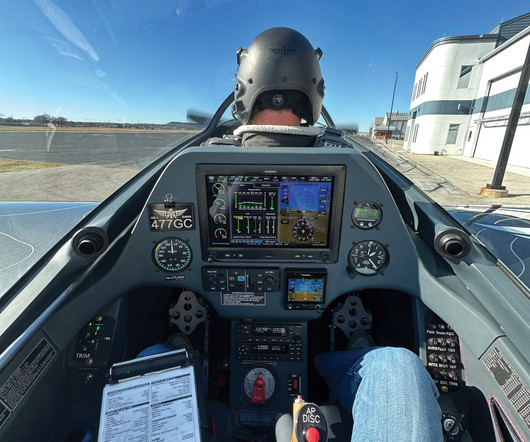



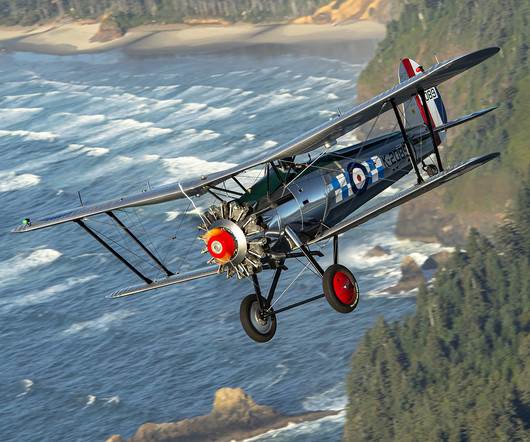
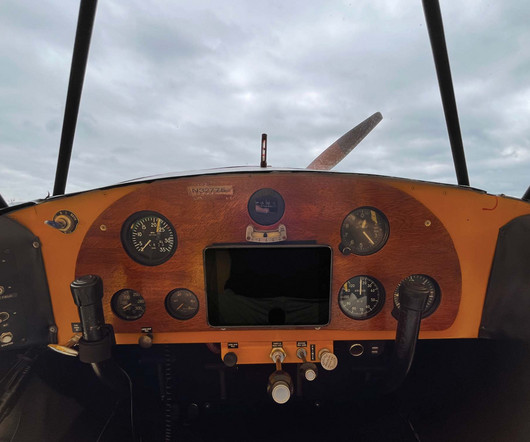
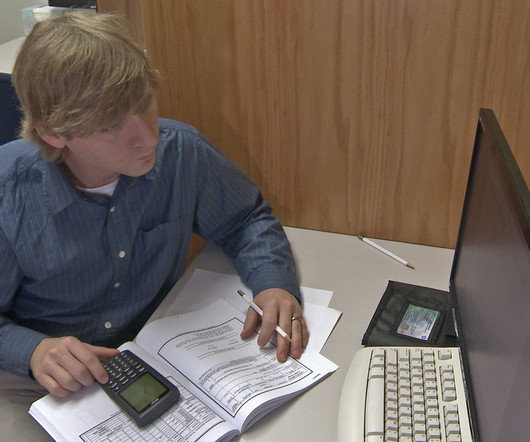






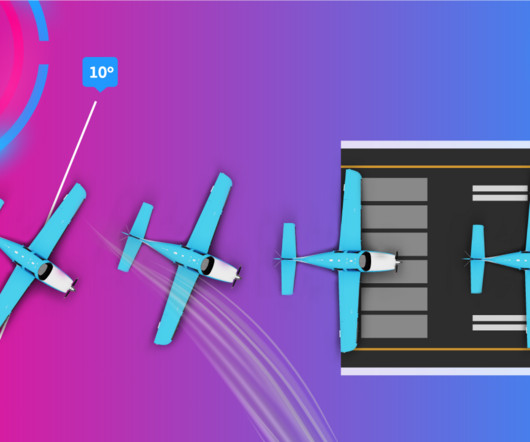



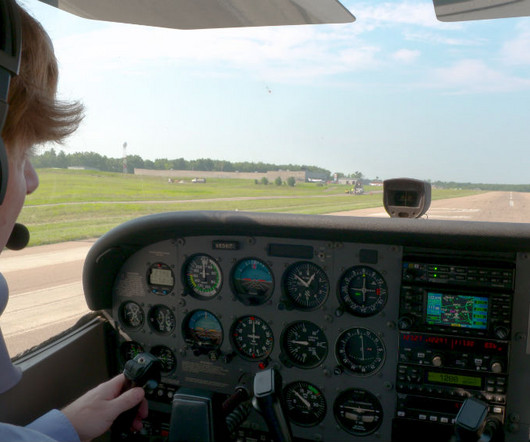

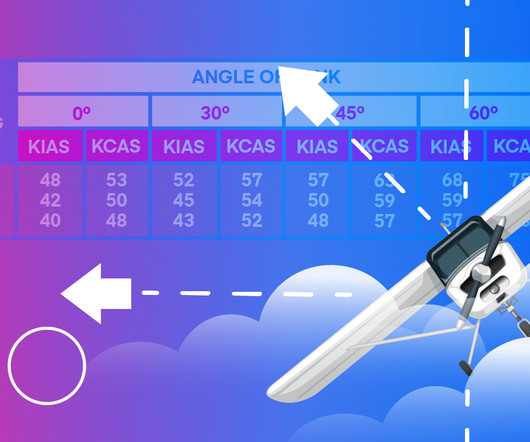
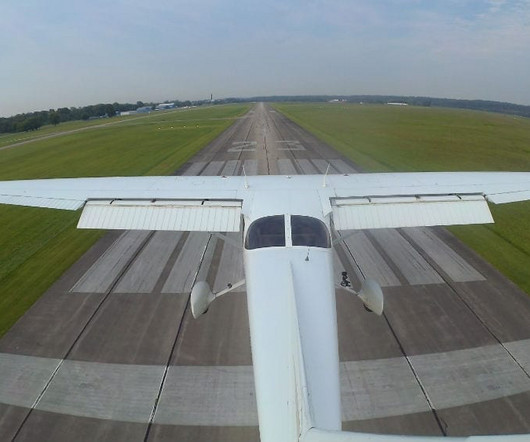
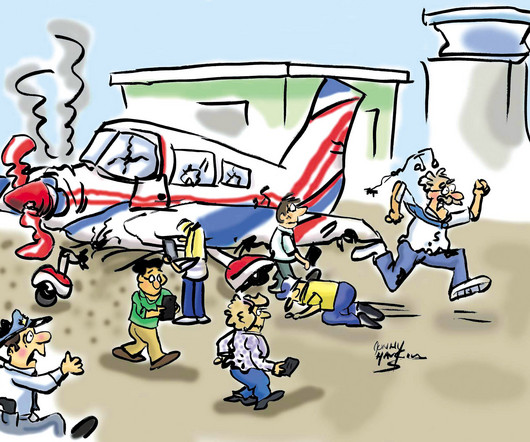







Let's personalize your content